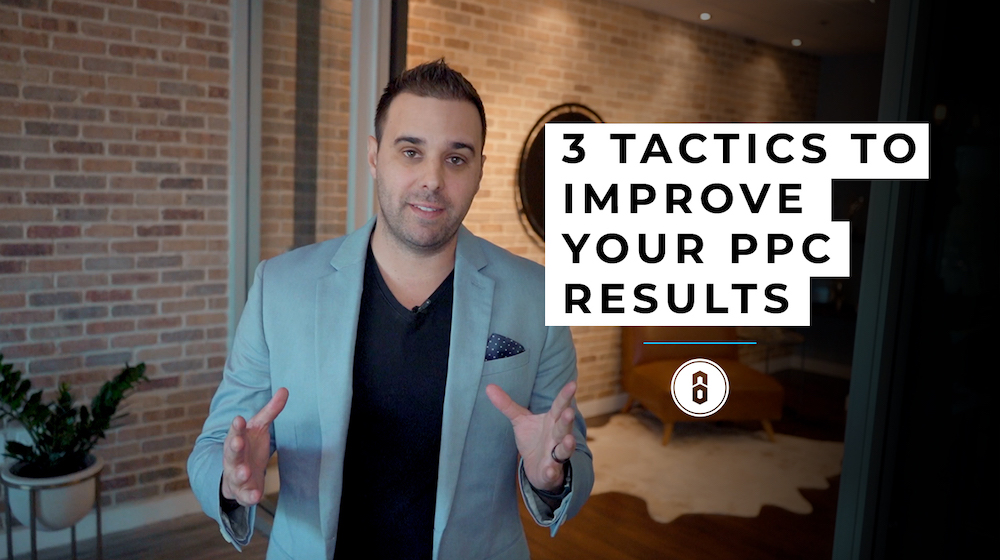How to A/B Test a Facebook Campaign in 5 Steps

By Melissa | Apr 26, 2019 (5 min read)
PPC | Social Media | Video
Imagine you’re due to have major surgery and your surgeon says to you, “Hmmm we’ve never really done this before, but thanks to you, we’re able to test this procedure.”
You’d be running out the door before the surgeon can snap on their gloves.
(Ok, that was a dramatic hook to keep you reading, but let’s relate it to marketing on Facebook.)
When a marketing agency mentions the word ‘test’ it can give clients the heebie-jeebies. They hear the word test and feel the immediate desire to say sayonara.
Aren’t these ‘marketing experts’ supposed to know how to do this already?
And are they seriously going to do ‘tests’ with my money?
Ok, let’s all just take a deep breath and relax.
The Myth of the Perfect Facebook Ad
While marketing experts will read every article there is on digital marketing best practices, enticing creative, and the psychology behind consumer engagement, most business owners just don’t have the time.

Any agency that promises a perfect ad campaign on the first try is doing a disservice to their clients. In fact, a study of 37,259 Facebook ads found that while ‘most companies only have 1 ad, but the best had 100’s.
Alright, 100 ads could be a bit ambitious, but you catch my drift.
The point is you need to test what works to make it more effective. And the best agencies do this with help from the Facebook algorithm and best practices.
Spend a few more minutes with me and I’ll explain the 5 steps we use to run a successful A/B test.
How to do a Simple Facebook Ads Test
1) Establish a Solid Structure
Before you begin testing, you need to familiarize yourself with the structure of a Facebook campaign. It should consist of an overarching campaign, with multiple Ad Sets, and individual Ads within each set.
Already confused? Don’t worry, it gets easier with a little help from this infographic from Facebook.

2) Stick with Simple
Once your campaign is set up, you may realize there’s a lot you can test between different imagery, headlines, gender, age range, etc. If you get too excited with the thought of an A/B test, it can quickly turn into an A-Z test.
Don’t freak out and think you have to do it all yourself.
Before you whip out your algebra book from sophomore year to begin calculating permutations, start broad and keep it simple. Remember that complexity does not necessarily make for a clever strategy. While it might look impressive on paper, too many variables can quickly confound your test.
As a rule, start with a broad audience and a limited selection of ad creative. Then let Facebook tell you which demographics are the top performers, from there you can start to narrow it down.
3) Narrow your Interests
To make it easy, choose one interest per ad set. I say this because Facebook can’t break down interests in your ad reports. Therefore, if you create “The Most Interesting Audience in the World”, you won’t be able to draw a conclusion that one interest is outperforming the other.
4) Limit Creative Options
There’s a never-ending list of different elements you can test when it comes to the creative. For simplicity sake, focus on testing at least 3 different images and 1-2 different sets of ad text.
5) Pick a Winner
Before you dish out the gold medal and the remaining participation ribbons. It’s important to keep these two factors in mind:
Similar to the mystical ‘cloud’ we all hear about, Facebook has an ‘algorithm’ that nobody actually understands. Accepting this reality, you need to understand the impact their algorithm plays on the success or failure of your campaign.

While this algorithm is designed to maximize campaign efficiency, Facebook can be a bit impulsive at the onset of a campaign.
For example: Let’s say you decide to run one ad set, with two ads, for a single audience. Through its algorithm and limited sample size, Facebook will quickly determine which ad is the top performer and begin to show the ‘loser’ Ad, less and less.
This might end up benefiting your campaign, but approach with caution. For example, this “less effective” Ad could be resulting in a cheaper cost-per-click, which is not something one should dismiss.
Simple Solve: Create two ad sets targeting the same audience with a different ad in each set. Test for a bit, and turn one Ad set off once you are comfortable with the data.
One final point: once the campaign is launched, you need to wait at least 24 hours. In some cases, even up to 48 hours.
Why do you need to wait?
Facebook’s algorithm needs some time doing its thing and the experts at Facebook say that’s the minimum amount of time needed to optimize your campaign.
It’s important to keep in mind that budget plays a big role in the results of your campaign. With a small budget, it’s going to take longer to get statistically significant data. With a big budget, it’ll take less.
A/B Testing Helps Increase Ad Success
To sum it all up, yes an A/B test is what we say it is: a test.
But unlike your surgeon testing out a new approach to tackling brain surgery, our tests are based on a learned and simple strategy designed to bring your campaign success. So next time you hear “test” with your digital marketing—sit back, relax, and trust the experts.



